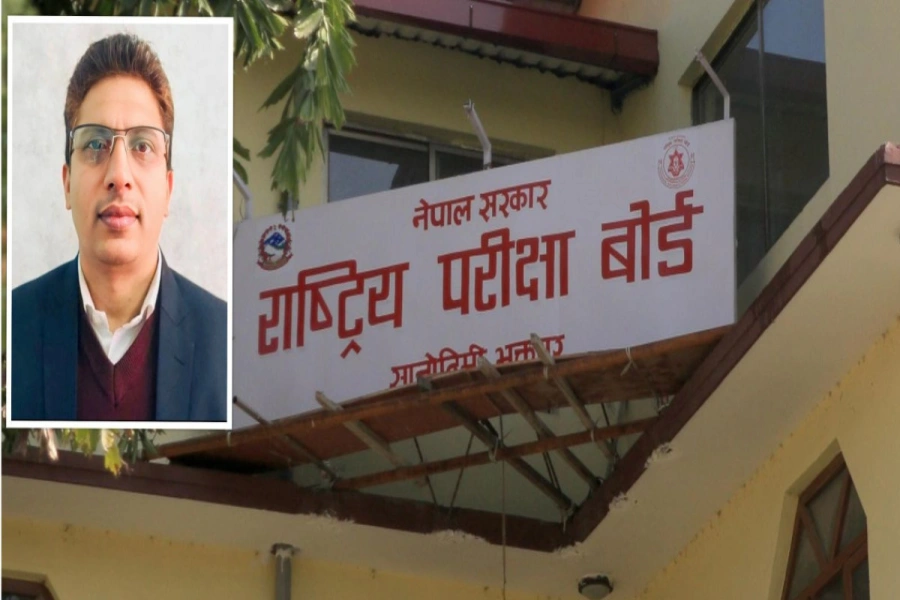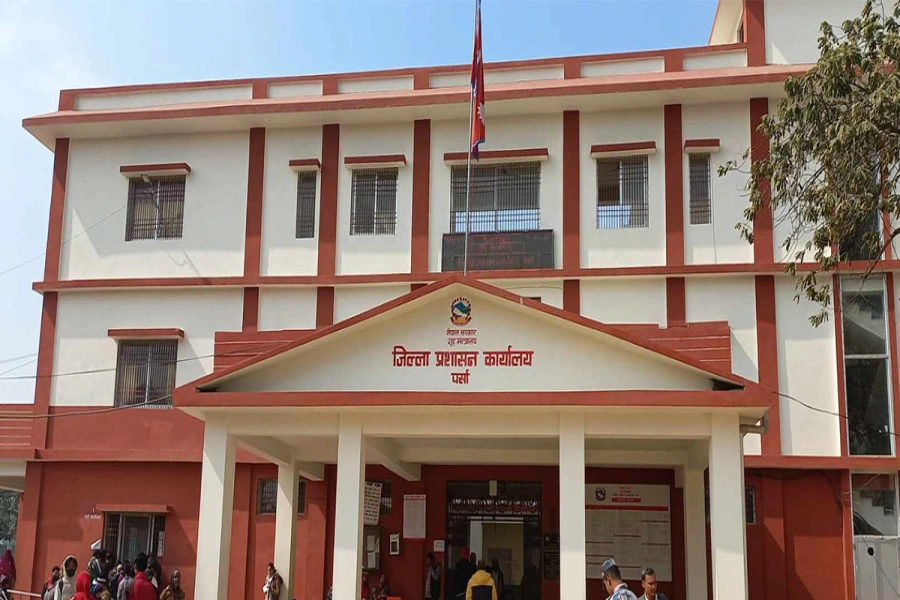KATHMANDU, April 18: This is the first time in the history of Nepal that it has launched its own satellite on Thursday morning. The satellite called ‘NepaliSat-1’ was launched at 2:31 am Nepali time from Virginia, United States.
Two Nepali scientists, Abhas Maskey and Hariram Shrestha, who are currently studying at Japanese Kyushu Institute of Technology developed the satellite under the BIRDS project.
According to Dr. Suresh Kumar Dhungel, Senior Technical Officer at Nepal Academy of Science and Technology (NAST), explains why NepaliSat-1 satellite is a milestone in the science and technology sector of Nepal.
1. Technical Capacity Building
Modi says India tests anti-satellite weapon in major breakthrou...

NepaliSat-1 is 1.3 kg nano-satellite built through the local human resource. This will help to build the capacity of young scientists of the country to carry out larger missions in space.
2. Sensitization
This will also help to start the discussion on space exploration. Youths will be aware and will probe into the topic. This will help us in the future. It also means that youths can also think of being an aeronautical engineer!
3. Send pictures
The NepaliSat-1 has set a five-megapixel camera in the satellite. According to NAST, the satellite will take images up to 300 meters on a regular basis to gather geographical information of the country. These images will be stored in BIRDS ground stations. Once NAST completes the construction of its ground station (in the next two months), the data will be exchanged to NAST as well.
4. Research and innovation
While the nanosatellite might not be a big feat to the developed nations, it is for developing countries like Nepal. This will help us to prioritize science and technology and enable youths to pursue their passions. Nepal might be a small country but it shouldn’t be a ‘restricting’ factor for youths to follow their heart. This has also helped to open the doors to research and understand the space.
The success of NepaliSat-1 will also convince the government of Nepal to take bigger steps to install commercial satellite in the space.





































